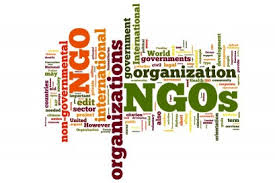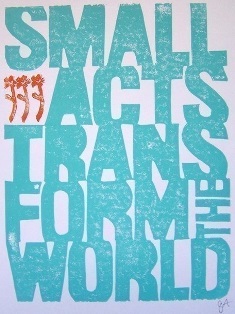NGO.
You’ve been hearing this term for years, from casual conversations with friends to corporate meetings.
Three simple letters, but what do they mean?
An NGO, a non-governmental organization, is an entity that comes in many forms, sizes, and styles. They can go in different directions and have different goals. They can focus on a specific region, a specific person, and/or a specific issue. They can have a macro-level or micro-level focus. They can be international organizations working with countless country offices, or they can be based out of someone’s basement with three employees.
Formally defined, an NGO is any entity that does not operate for a profit; they are a “non-profit organization”.
NGOs perform a variety of service and humanitarian functions. Depending on their goals, venue and mandate, NGOs can provide on-the-ground support, conflict analysis, emergency relief, professional expertise, and much more. Their relationship with governments, business and multilateral institutions will differ from each NGO.
The first thing that defines an NGO, and the first step to becoming a recognized charity, is creating a mission/vision statement. This is a series of objectives that will be the overarching for the organizations and all of its operations and programming. For example, if an NGO is founded with the mission to promote and ensure the safety of panda bears, it would have the objectives to seek funds and resources to protect their natural habitat, educate individuals on the possible extinction of the mammal, and rehabilitate injured pandas.
NGOs around the world can encompass a very wide range of types of organizations, with a myriad of goals, activities, and programming.
To simplify things, here are four main categories of NGOs:
1. Humanitarian Aid – Groups that seek to improve the lives of impoverished people, including emergency response and development. An example of this is Care International or Red Cross.
2. Advocacy – Groups advocating for the rights of those who are often silenced or go unheard. Examples of this category are Human Rights Watch and Amnesty International.
3. Faith-Based – Any group which is founded on faith principles. Mennonite Central Committee is a good example of this.
4. Missionary – Groups that seek to spread their personal religion while providing humanitarian aid. Hope Ships is an example of a missionary organization.
So we know the broad types of NGOs, but in what specific fields do they work?
We can break the work of NGOs into five simple areas:
1. International Relief & Development – emergency relief, agriculture development, sustainable development, etc.
2. Politics – promotion of democracy, electoral support, promotion of good governance, protection of human rights, etc.
3. Conflict Resolution – management, mitigation, and resolution of conflicts within and between communities or countries.
4. Community-Based Service – supporting civil society, promoting community collaboration, facilitating group meetings, etc.
5. State Service Support – running local educational/medical/civil services to supplement government services.
To summarize, NGOs are simply organizations operating to better the world around them. Some are big, some are small, some have million dollar budgets and government funding, and others operate on volunteered time. Some NGOs aim to promote gender equality while others aim to save the rainforests. Whatever the size, shape or goals, these non-governmental entities are all fighting for, and furthering, a cause.






